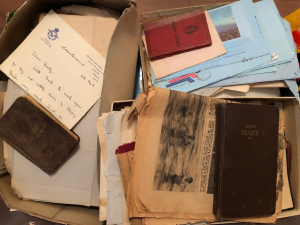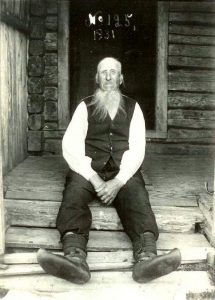
Over the holidays, my boyfriend’s father and I delved into his family’s genealogy. John has a rich treasure trove of family documents that have been scanned, including an 1885 narrative of the life of Stephen Thomas Acres, his great-great-great-great-great-great-grandfather. I immediately fell in love with Acres’ florid writing style, and his family story traces an interesting pattern of migration from Ireland to Spain to Gibraltar to Iowa. He begins thusly, “Deeming it my duty to place on record, such incidents of my being as will enable my children to know their lineage and descent, and in accordance with their desire so expressed, I now proceed without ostentation, and in the fear of God, to discharge that duty as truthfully as my memory and my own knowledge will enable me to do so.” Continue reading ‘Our new Eden’








